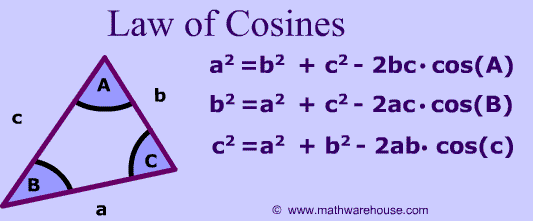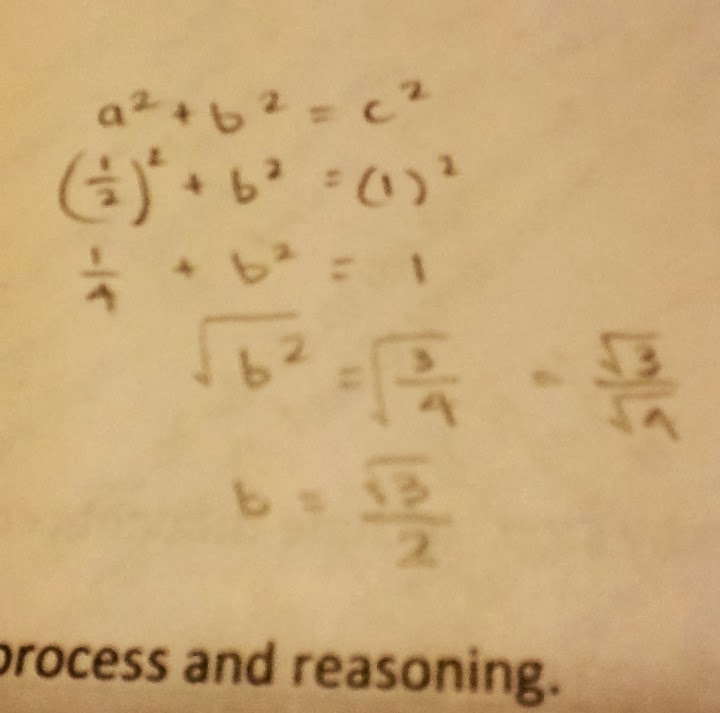 |
| http://www.mathwords.com/d/d_assets/d74.gif |
1. What is a continuity? What is a discontinuity?
A
continuous function will always be predictable. It will have no break, jumps, or holes. You can draw it without lifting your pencil off the paper, and the limit and value will always be the same.
On the other hand, a
discontinuity will break all the above rules. There are two families of discontinuities. The first family is a removable discontinuity. The second is a non removable discontinuity. The only removable discontinuity there is, is a
point discontinuity. It is called removable because we can cancel the holes when we factor or in other words "remove" the hole. The non removable discontinuities include: jump discontinuities, oscillating behavior, and infinite discontinuities.
A
jump discontinuity will display a jump in the graph that can have either two holes, or one open and one closed point. A jump discontinuity can never have two closed points because it cannot have two y values for one x value.
Oscillating behavior is when a graph looks "wiggly."
Finally, an
infinite discontinuity will occur in the presence of a vertical asymptote, which will lead to unbounded behavior.
 |
POINT
http://dj1hlxw0wr920.cloudfront.net/userfiles/wyzfiles/4a69dec7-03e0-492f-ac16-4dcd555579c9.gif |
 |
OSCILLATING
http://www.cwladis.com/math301/lecture%20images/infiniteoscillationdiscontinuityat1.gif |
 |
JUMP
http://upload.wikimedia.org/wikipedia/commons/e/e6/Discontinuity_jump.eps.png |
 |
INFINITE
http://dj1hlxw0wr920.cloudfront.net/userfiles/wyzfiles/44bad38c-431e-4382-8fe9-86303561b2a0.gif |
2. What is a limit? When does a limit exist? When does a limit not exist? What is the difference between a limit and a value?
A
limit is the
INTENDED height of the graph. This differs from a value because a value is the
ACTUAL height. A limit exists in
continuous functions and point discontinuities. This is because if we approach an x value from the left and right, under these conditions, the left and right values will be the same. A limit does not exist if there is a different left and right value, oscillating behavior, or unbounded behavior. This applies to non removable discontinuities (jump, oscillating, and infinite). A limit does not exist at a
jump discontinuity because there will be a different left and right value. It does not exist at
oscillating behavior because it is oscillating. It does not approach any single value. Finally, an
infinite discontinuity does not have a limit because of unbounded behavior. It approaches infinity, but infinity is not a number.
3. How do we evaluate limits numerically, graphically, and algebraically?
We evaluate limits
numerically on a table. When we evaluate them
graphically, we place our fingers on the left and right of the graph, bring them together while tracing the graph, and see if our fingers end up at the same point. If they do, then there is a limit. We can evaluate limits
algebraically by using
direct substitution, or if that method does not work, the dividing out/factoring method or the rationalizing/conjugate method. When we use
direct substitution, we simply plug in the number x approaches into the function. If we get 0/0, and indeterminate answer, then we must use another method. In the
factoring method, we factor out the top and bottom and see if something cancels. Then, we use the direct substitution method with the simplified equation. In the
rationalizing or conjugate method, we multiply the top and bottom with a conjugate. After FOILing and simplifying, we use the direct substitution method.




.gif)




























.JPG)
.JPG)

.JPG)


.JPG)
.JPG)

.JPG)
.JPG)
.JPG)